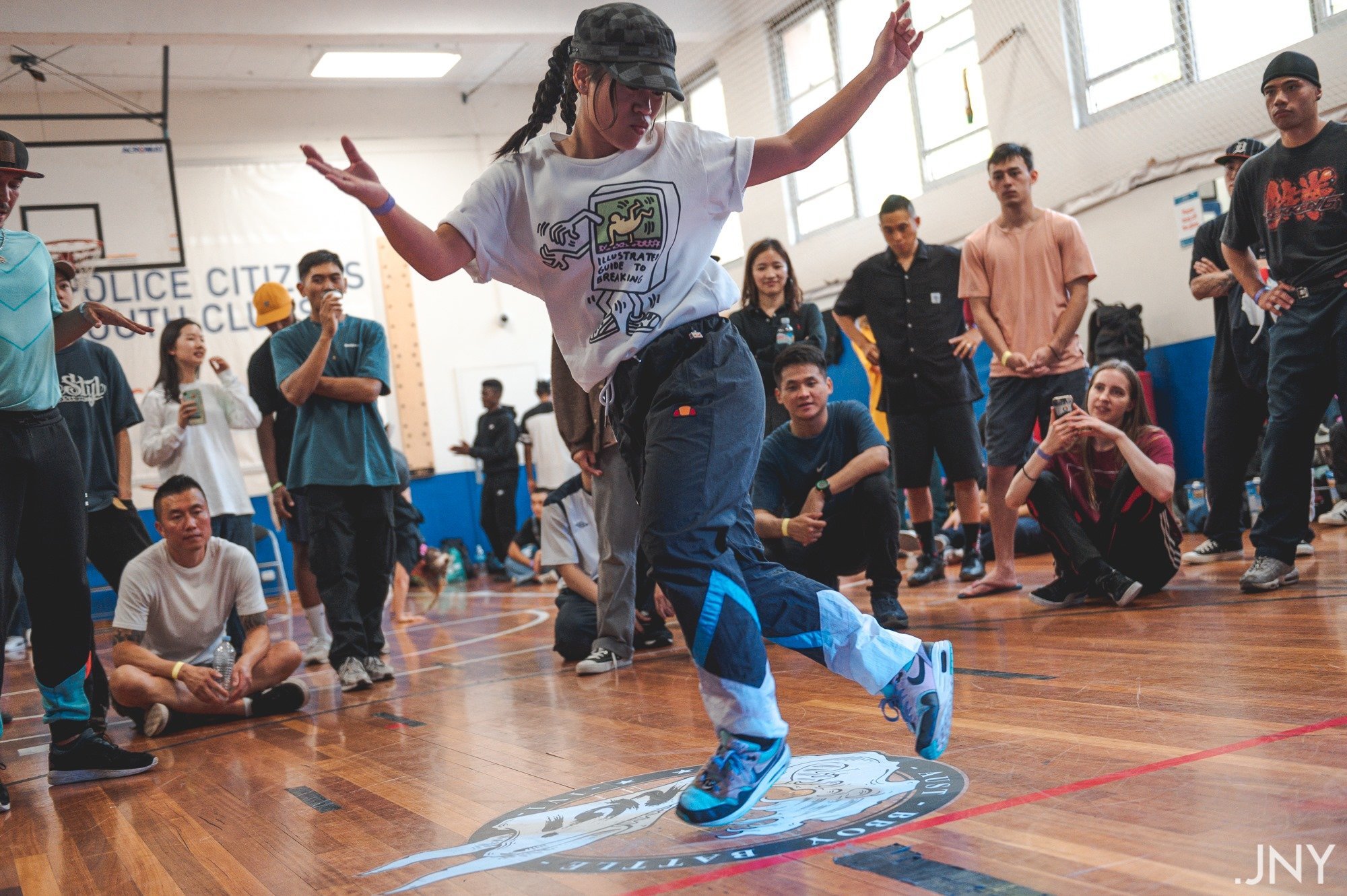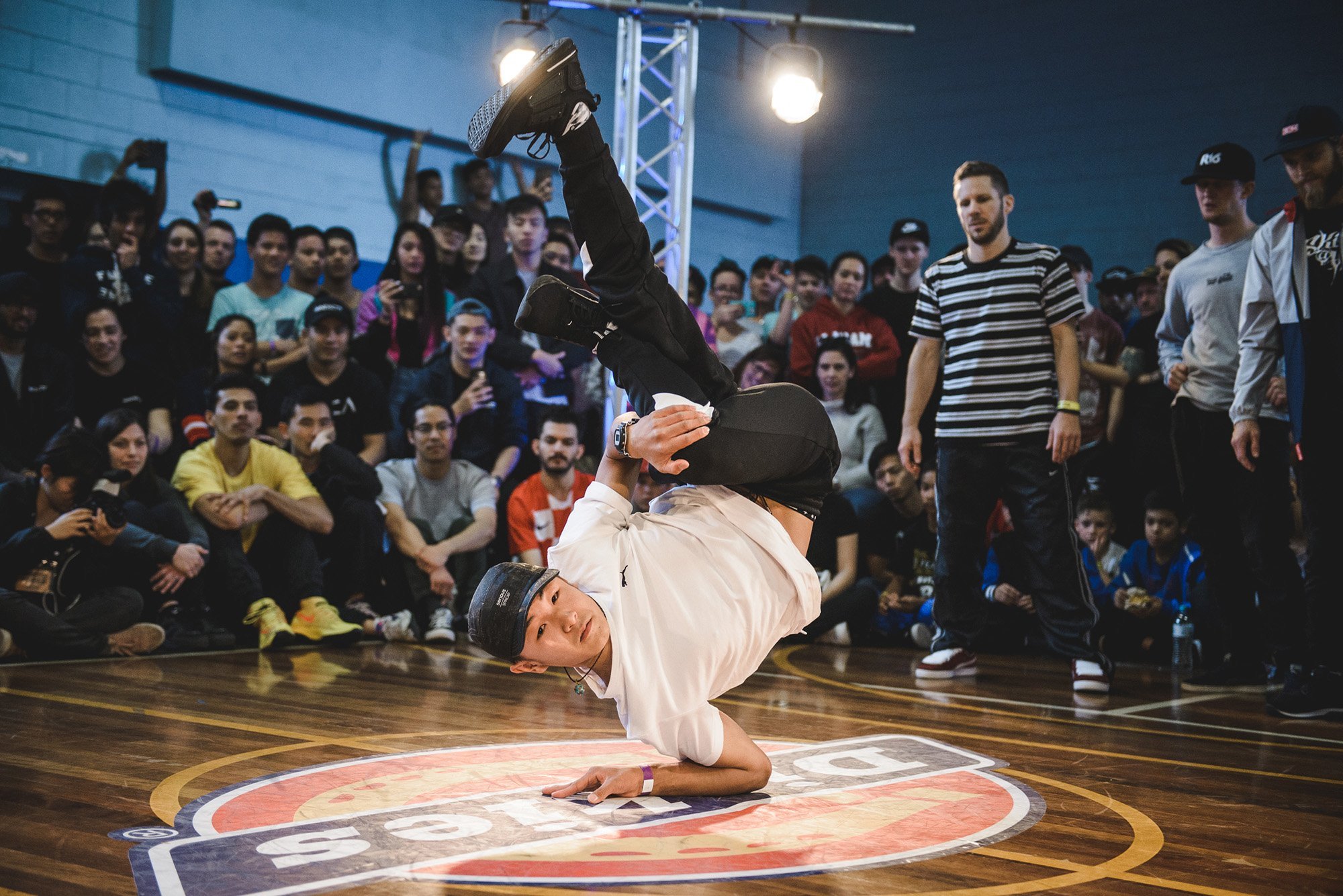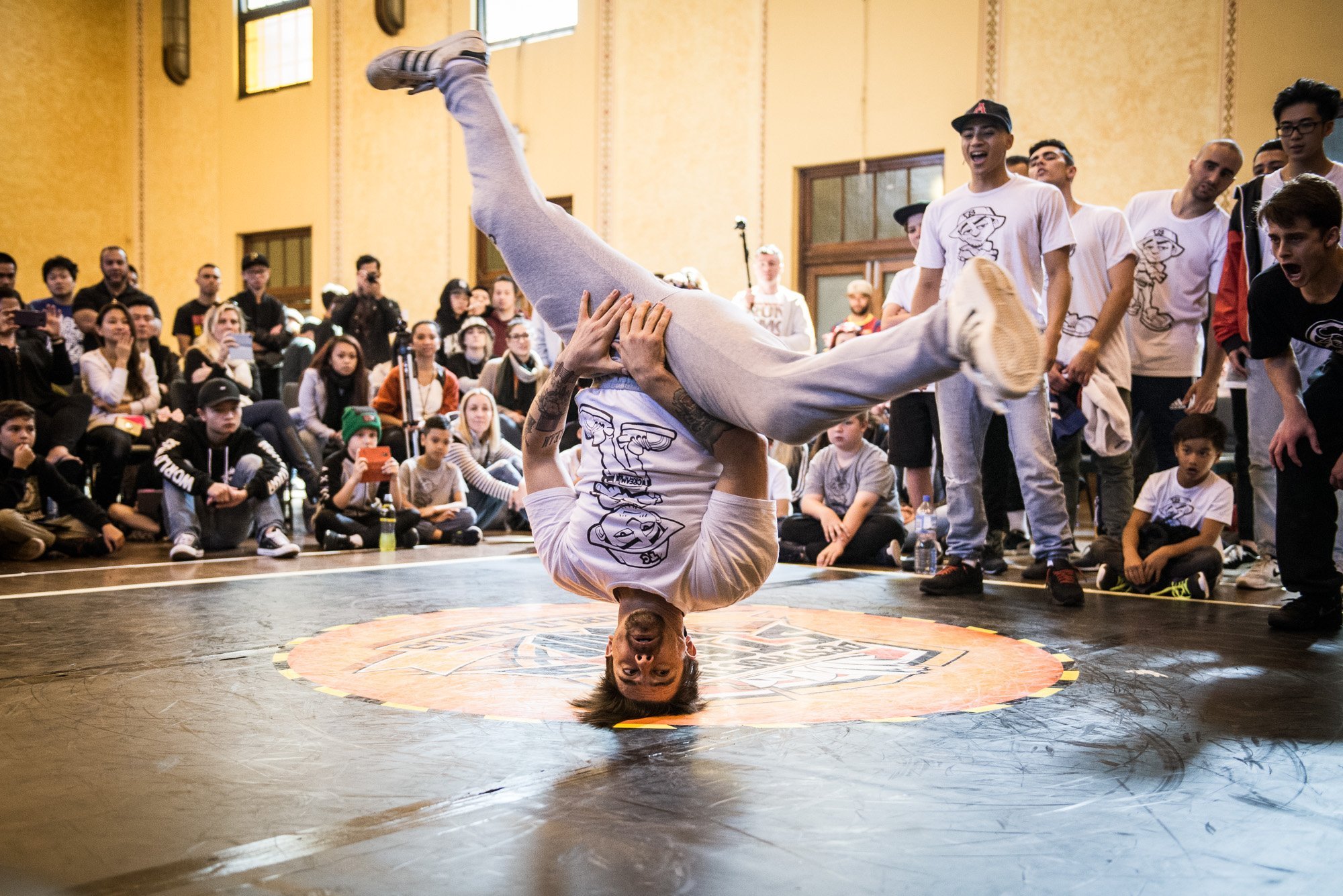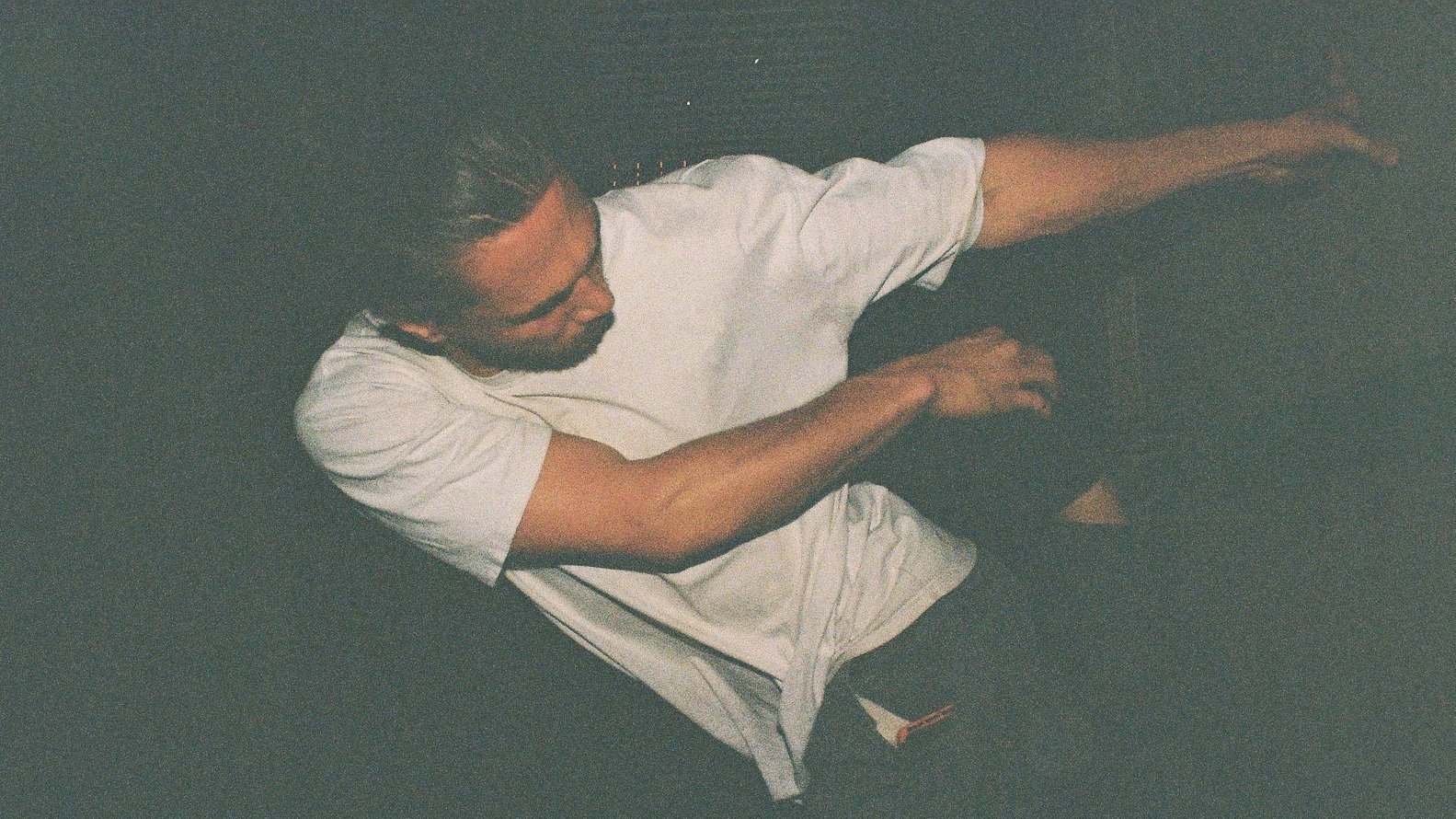
What is breaking?
-
Most people are familiar with the term “breakdancing,” as it was coined and popularised by the media in the 1980s. However, the pioneers, professionals and enthusiasts behind this art form prefer to call it ‘breaking’. Breaking is a form of street dance and hip-hop culture that incorporates personal style, athleticism, intricate movements, and coordination. There is a large array of diverse breaking repertoire, including toprock, downrock, freeze and powermoves. It has united a community; through its unique culture, history and lingo; a community indiscriminate of age, gender, race, or creed. Those who perform breaking and participate in this community are known as “b-boys” and “b-girls” or “breakers”.
-
Breaking was developed by African-American, Latino, and Caribbean youth in the Bronx in New York City throughout the 1970s. Breaking was more than just a form of movement and self-expression; it stemmed from a larger culture of socio and economic hardships, and political struggles. It was a solace, providing an avenue of self-expression and to gain respect. The ability to individualize yourself was through your mentality via your skills, styles and your own flavour. Something that is a big part of breaking, to ‘show and prove’. Breaking knew no bounds. The streets, parks and block parties were the breaker’s very own dance studios.
DJ Kool Herc was a central figure in breaking history; he created a space for b-boys and girls to ‘get down’ at house parties. He is credited as the hip-hop DJ who created the ‘merry-go-round’ technique. This technique involved switching from one record to another to play the same part, this extended the “breaks” that dancers would use to showcase their breaking skills.
-
The music that has influenced breaking, including African American, Afro Caribbean music, and Latino music, are rooted in the history of breaking; a reflection of its cultural and geographical upbringing. Breakers also performed to genres such as funk, hip-hop, and disco.
Breaking’s mainstream popularity peaked in the 1980s, where it appeared in multiple films such as ‘Flashdance’ and ‘Beat Street’, which showcased the explosive, high energy nature of the dance. And yet by the end of the 1980s breaking was pronounced dead by the mainstream media, a ‘fad’ that was over. It was here that the dedicated around the world continued to preserve and grow the dance and culture, connecting with one another in their travels, sharing VHS training tapes, and becoming pen pals.
-
Today’s breaking culture engages on a local, national, and international level. Its exceptional discipline is demonstrated not only in battles, in cyphers, in the classrooms, at practice spots all around the world, and often shared on YouTube and social media. The acclaim of breaking continues to grow as countless international competitions are held. Here, teams and soloists compete in front of judges and unprecedented audiences for titles and prizes. Some of the most coveted for its popularity include but are not limited to ‘Red Bull BC One’, IBE, R16, Freestyle Session, and Battle of the Year.
-
After breaking success at the Youth Olympic Games in 2018, breaking has provisionally been added to the 2024 Olympic Games. This will enable greater opportunities for exposure, youth involvement, and will inspire new audiences. Although breaking has evolved into a new generation of b-boys and b-girls, it still fosters its connection back to its community and culture. The growth of breaking provides a chance for breakers to not only pay homage to the history of its culture and its pioneers, but to also inspire new dancers to participate in this rich community.
